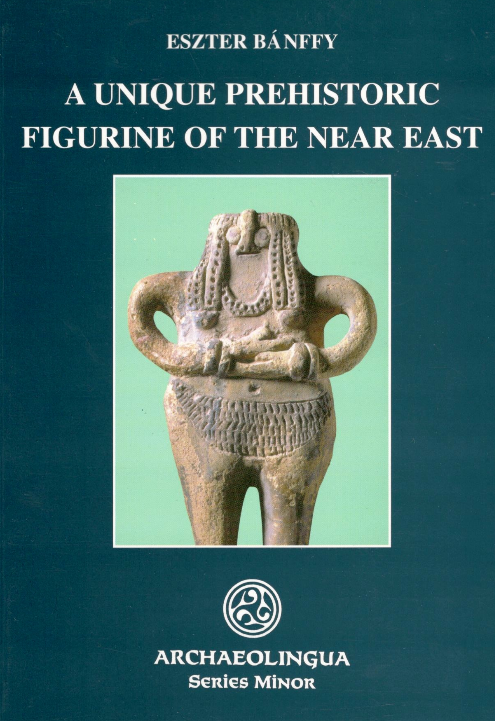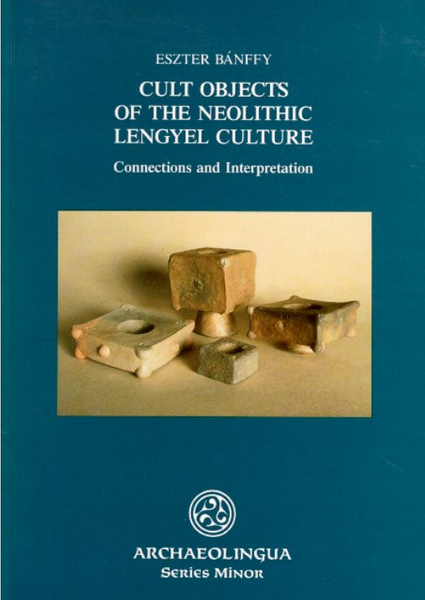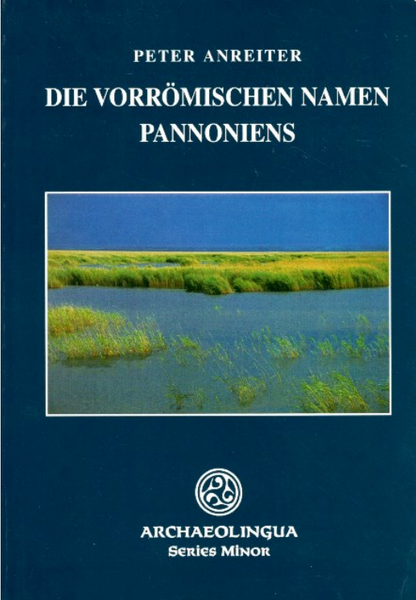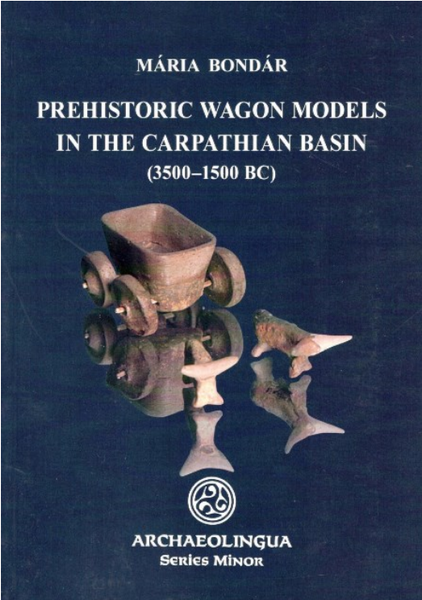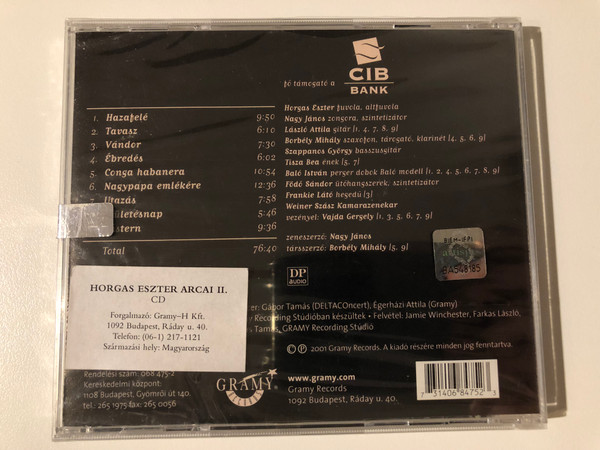Description
Eszter Bánffy: A Unique Prehistoric Figurine of the Near East / Archaeolingua 2001
Archaeolingua Series Minor 15
Budapest, Archaeolingua, 2001
Puhakötés | Paper book, 23.5 × 16.5 cm
106 oldal, színes és fekete-fehér illusztrációkkal | 106 pages with colored and grayscale images
ISBN 9638046368 / ISBN-13: 978-9638046369 / 9789638046369
Description:
A detailed analysis of an unusual figurine, and its context. Banffy explores what the object can tell us about cultural and trading contacts between Egypt and Mesopotamia in the early 3rd Millennium BC, and explores its religious function and context.
As regards an artistic object, e.g. a sculpture of the ancient world of unknown provenance, it is a usual practice to study its possible context, historic and sometimes also religious background. But is it correct to do the same with an artefact of an earlier age, a prehistoric figurine? The author devotes the present study to a meticulous analysis of a stray find, bought from a collection in Egypt and now deposited in the Budapest Museum of Fine Arts. The main goal certainly was to collect as much information as possible about the time and place of its birth, about the (pre)historic context within which the figurine may have been used. The result reveals fairly much about the periphery of the late 3rd millennium Mesopotamia, about groups of peoples who traded and thus came into cultural contact with Egypt, but also with coeval Transcaucasian cultures. An attempt for a reconstruction of early religious koine of the Syro-Palestinian region, concerning Goddesses, was also possible. Beyond that, the book is also of methodological value, giving an example for studying contextless archaeological objects, which, unfortunately, according to the proliferating trade in antique objects of art, grow in number.
Table of contents:
1. Standing posture, flat body; size
2. Fabric, painting
3. Separately modelled legs, differentiated feet
4. Angular head; vertical applied nose; round applied eyes
5. Head ornament, applied braids, necklaces and bracelets
6. Arm position
7. Breast, navel, depiction of the pubic area; nudity
1. Chronology
2. Early Bronze Age development in Syro-Palestine and the eastern region
1. Idols from burials
2. Idols from settlements
3. Idols from sanctuaries
4. Possible relations between the Early Bronze Age pantheon and idols
